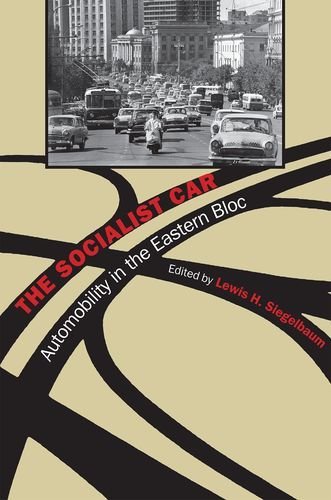

Most ebook files are in PDF format, so you can easily read them using various software such as Foxit Reader or directly on the Google Chrome browser.
Some ebook files are released by publishers in other formats such as .awz, .mobi, .epub, .fb2, etc. You may need to install specific software to read these formats on mobile/PC, such as Calibre.
Please read the tutorial at this link: https://ebookbell.com/faq
We offer FREE conversion to the popular formats you request; however, this may take some time. Therefore, right after payment, please email us, and we will try to provide the service as quickly as possible.
For some exceptional file formats or broken links (if any), please refrain from opening any disputes. Instead, email us first, and we will try to assist within a maximum of 6 hours.
EbookBell Team

0.0
0 reviewsIn addition to the metal, glass, upholstery, and plastic from which the Ladas, Dacias, Trabants, and other still extant but aging models were fabricated, the socialist car embodied East Europeans' longings and compromises, hopes and disappointments. The socialist car represented both aspirations of overcoming the technological gap between the capitalist first and socialist second worlds and dreams of enhancing personal mobility and status. Certain features of automobility―shortages and privileges, waiting lists and lack of readily available credit, the inadequacy of streets and highways―prevailed across the Soviet Bloc. In this collective history, the authors put aside both ridicule and nostalgia in the interest of trying to understand the socialist car in its own context.
Contributors: Elke Beyer, Swiss Institute of Technology; Valentina Fava, Helsinki Collegium for Advanced Studies and University of Helsinki; Luminita Gatejel, European University Institute, Florence; Mariusz Jastrzab, Kozminski University; Corinna Kuhr-Korolev, University of Bochum; Brigitte Le Normand, Indiana University Southeast; Esther Meier, University of the Federal Armed Forces, Hamburg; Kurt Möser, Karlsruhe Institute of Technology; György Péteri, Norwegian University of Science and Technology, Trondheim; Eli Rubin, Western Michigan University; Lewis H. Siegelbaum, Michigan State University